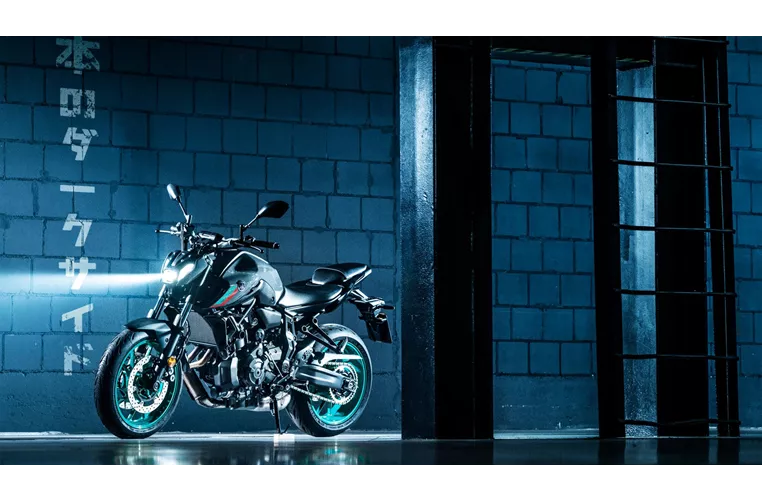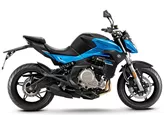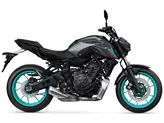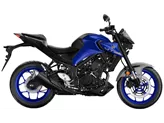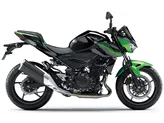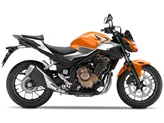Yamaha MT-07 2022 vs. Kawasaki Z650 2017
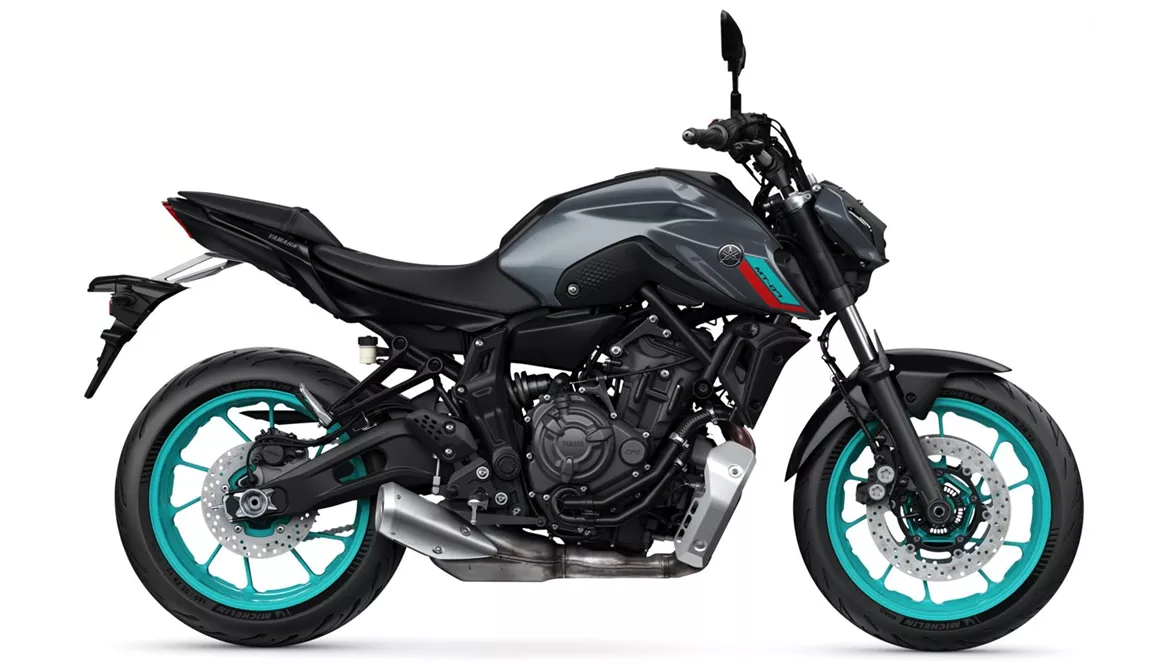
Yamaha MT-07 2022

Kawasaki Z650 2017
Vue d’ensemble - Yamaha MT-07 2022 vs Kawasaki Z650 2017
The Yamaha MT-07 2022 and the Kawasaki Z650 2017 are both naked bikes that offer impressive performance and features. However, there are some notable differences between the two models.
Starting with the engine and drive train, both bikes have inline, liquid-cooled engines with fuel injection. The Yamaha MT-07 has a slightly more powerful engine, producing 73.4 HP compared to the Kawasaki Z650's 68.2 HP. The torque output is also higher on the Yamaha, with 67 Nm compared to the Kawasaki's 65.7 Nm. Both bikes have a two-cylinder configuration.
In terms of suspension, both the Yamaha MT-07 and the Kawasaki Z650 feature telescopic forks at the front and swing arm suspension at the rear. They also both have a monoshock rear shock absorber. The chassis of both bikes is made of steel, providing a sturdy and reliable frame.
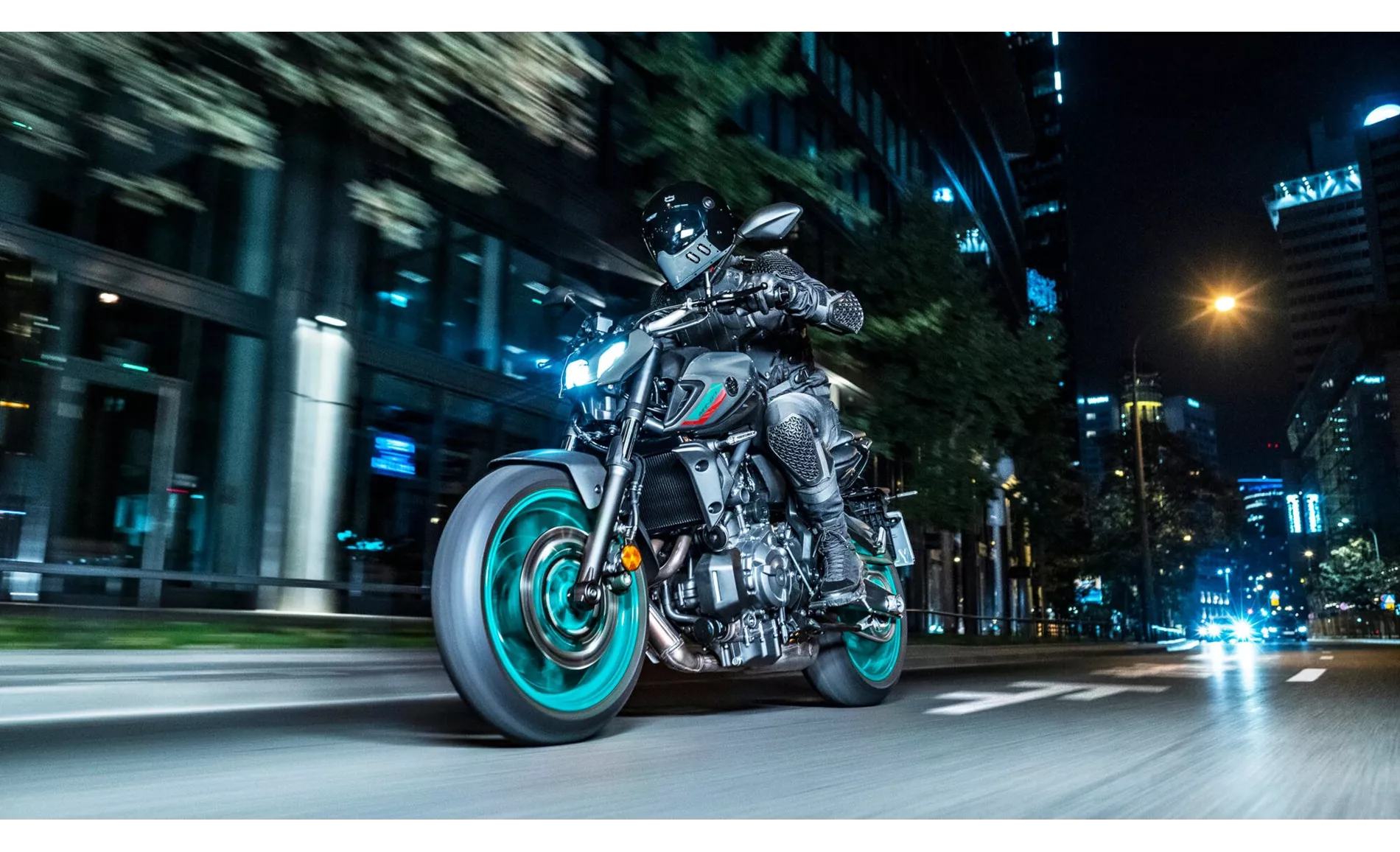
Yamaha MT-07 2022
When it comes to braking, both bikes are equipped with double disc brakes at the front. However, the Yamaha MT-07 has slightly smaller front disc diameters at 298 mm compared to the Kawasaki Z650's 300 mm. Both bikes also come with ABS as part of their advanced rider assistance systems.
In terms of dimensions and weights, there are some minor differences between the two models. The Yamaha MT-07 has a front tire width of 120 mm and a rear tire width of 180 mm, while the Kawasaki Z650 has a slightly narrower rear tire width of 160 mm. Both bikes have 17-inch front and rear tire diameters. The wheelbase of the Yamaha MT-07 is 1400 mm, slightly shorter than the Kawasaki Z650's 1410 mm. The seat height of the Yamaha is 805 mm, while the Kawasaki has a slightly lower seat height of 790 mm. The Yamaha MT-07 also has a slightly lower kerb weight of 184 kg compared to the Kawasaki Z650's 187.1 kg. Both bikes have a fuel tank capacity of 14 liters for the Yamaha and 15 liters for the Kawasaki.
Moving on to the strengths of each bike, the Yamaha MT-07 2022 is praised for its lively and powerful engine, providing an exhilarating riding experience. It also has a good sound, adding to the overall enjoyment. The comfortable seating position allows for long rides without discomfort. The braking system is also highly regarded for its effectiveness. Additionally, the instruments on the Yamaha are easy to read, providing clear information to the rider.
On the other hand, the Kawasaki Z650 2017 is known for its even power delivery, ensuring a smooth and consistent ride. The sporty chassis of the Kawasaki adds to its agility and handling capabilities. The compact dimensions of the bike make it easy to maneuver in tight spaces. Another unique feature of the Kawasaki is its negative display, which adds a modern and stylish touch to the instrument cluster.

Kawasaki Z650 2017
In terms of weaknesses, the Yamaha MT-07 lacks adjustability in its chassis, limiting customization options for riders. Additionally, it does not have a TFT display, which may be a downside for those looking for more advanced instrumentation.
The Kawasaki Z650, on the other hand, is criticized for being a little too small for taller riders, potentially causing discomfort during long rides.
In summary, both the Yamaha MT-07 2022 and the Kawasaki Z650 2017 offer impressive performance and features for naked bike enthusiasts. The Yamaha excels in engine power, sound, seating position, braking system, and instrument readability. The Kawasaki stands out with its even power delivery, sporty chassis, compact dimensions, and unique negative display. However, the Yamaha lacks chassis adjustability and a TFT display, while the Kawasaki may not be the best choice for taller riders. Ultimately, the decision between the two models will depend on individual preferences and priorities.
Caractéristiques techniques Yamaha MT-07 2022 par rapport à Kawasaki Z650 2017
Avantages et inconvénients en comparaison
Avantages et inconvénients en comparaison
Yamaha MT-07 2022
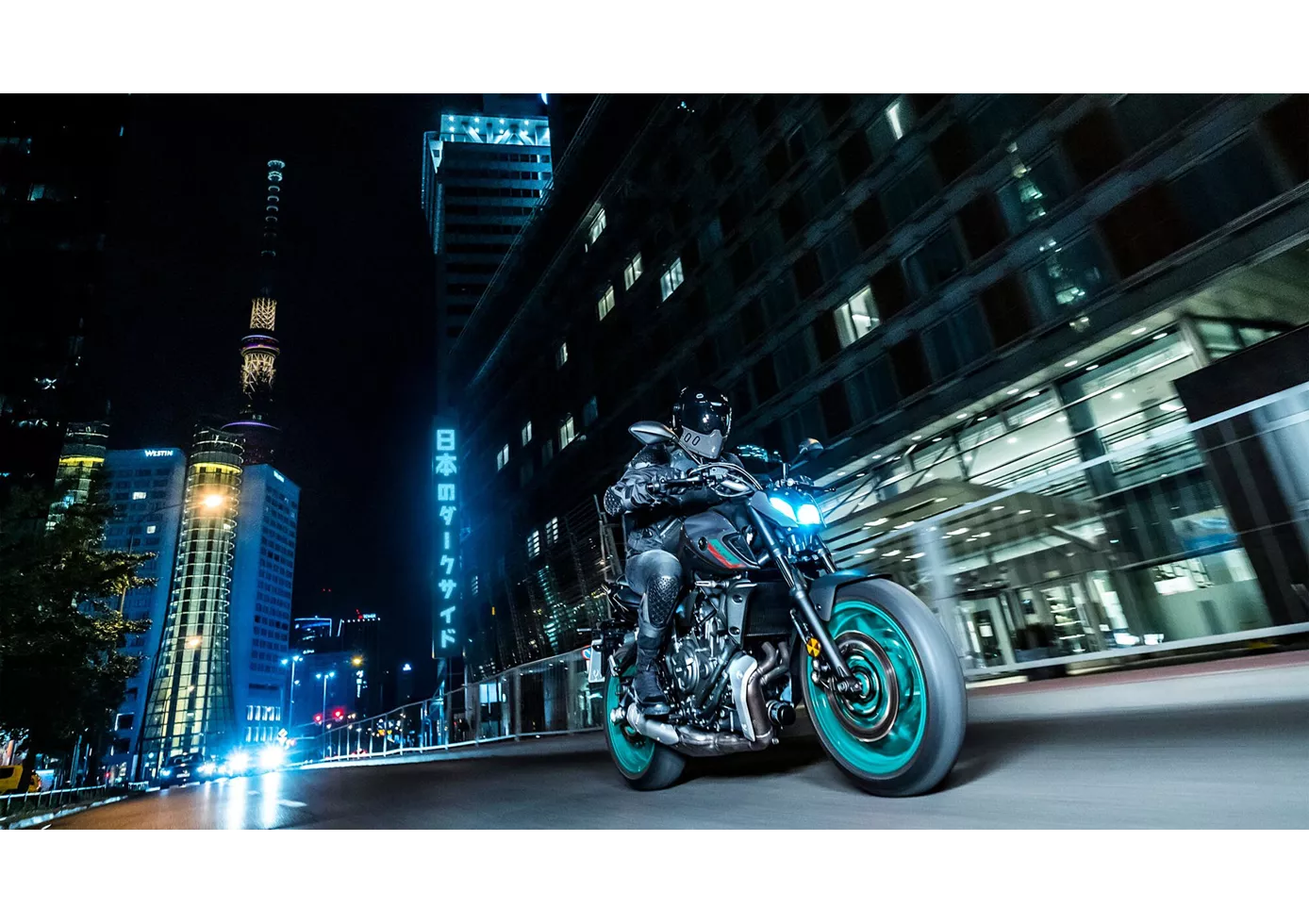
Peu de motos de la catégorie dite d'entrée de gamme procurent autant de plaisir que la Yamaha MT-07. Même la version bridée à 48 ch peut, grâce à sa cylindrée relativement importante, tenir plus longtemps que l'on ne pourrait le supposer face à la version complète. Les autres composants s'en sortent également bien, tant les freins que le châssis ne veulent effrayer personne avec trop de dureté, mais n'atteignent pas immédiatement leurs limites, même pour les pilotes les plus sportifs. L'optique est désormais plus cohérente, le phare à LED minimaliste s'accorde parfaitement avec le look anguleux.
Kawasaki Z650 2017

Dans la catégorie moyenne, la Kawasaki Z 650 est le tuyau pour les pilotes de petite taille. Sur ses dimensions compactes, les géants ne se sentiront probablement pas plus à l'aise. Des sentiments qui réchauffent le cœur se dégagent toutefois du moteur, qui enthousiasme par ses reprises très régulières. Du côté du châssis, on a opté pour une configuration ferme typique de Kawasaki, qui trouve un super compromis au quotidien. L'écran négatif est très lisible et rappelle celui de la précédente ER-6n - très joli !
Comparaison des prix Prix moyen du marché Yamaha MT-07 vs Kawasaki Z650
There are a few key differences between a Yamaha MT-07 2022 and a Kawasaki Z650 2017. In terms of price, the actual average price of a Yamaha MT-07 2022 is about 21% higher. Compared to Kawasaki Z650 2017 there are more Yamaha MT-07 2022 bikes available on the 1000PS.de Marketplace, specifically 52 compared to 11. It takes less time to sell a Kawasaki Z650 with 76 days compared to 109 days for the Yamaha MT-07. Since model year 2013 1000PS.de editors have written 69 reviews for the Yamaha MT-07 and 31 reviews for the Kawasaki Z650 since model year 2017. The first review for the Yamaha MT-07 was published on 11/4/2013 and now has more than 12,600 views. This compares to more than 25,000 views for the first review on Kawasaki Z650 published on 11/8/2016.
